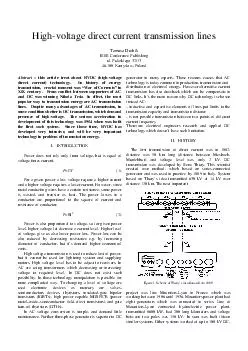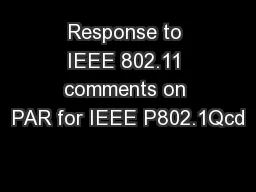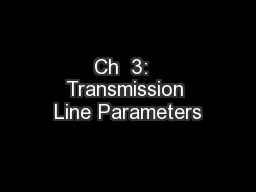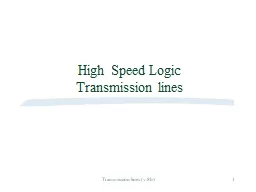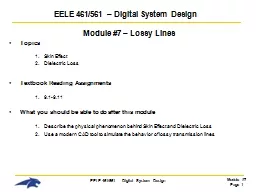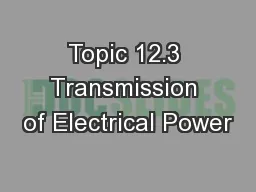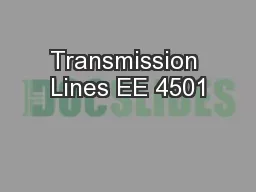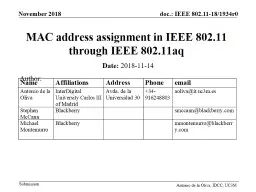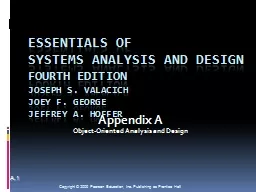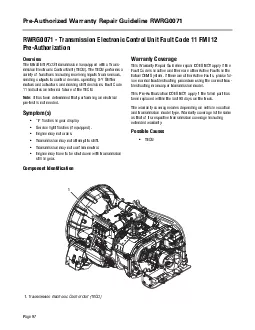PDF-Highvoltage direct current transmission lines Tomasz Drobik IEEE Conference Publishing
Author : stefany-barnette | Published Date : 2014-12-16
Pulaskiego 3213 46100 Namyslow Poland Abstract this article treat about HVDC highvoltage direct current technology In history of energy transmission crucial moment
Presentation Embed Code
Download Presentation
Download Presentation The PPT/PDF document "Highvoltage direct current transmission ..." is the property of its rightful owner. Permission is granted to download and print the materials on this website for personal, non-commercial use only, and to display it on your personal computer provided you do not modify the materials and that you retain all copyright notices contained in the materials. By downloading content from our website, you accept the terms of this agreement.
Highvoltage direct current transmission lines Tomasz Drobik IEEE Conference Publishing: Transcript
Download Rules Of Document
"Highvoltage direct current transmission lines Tomasz Drobik IEEE Conference Publishing"The content belongs to its owner. You may download and print it for personal use, without modification, and keep all copyright notices. By downloading, you agree to these terms.
Related Documents

